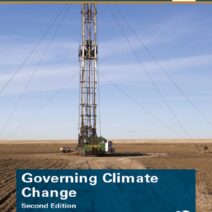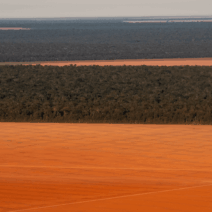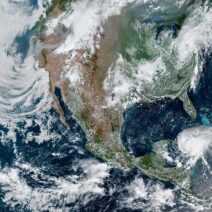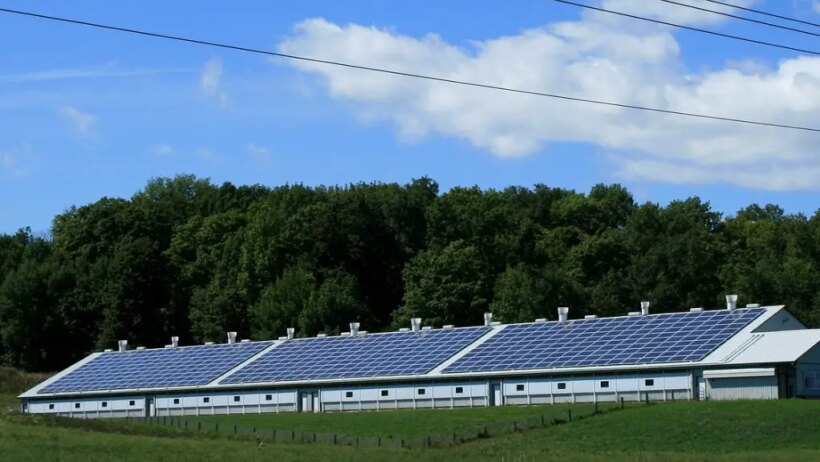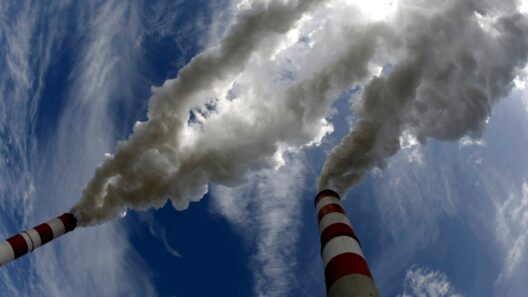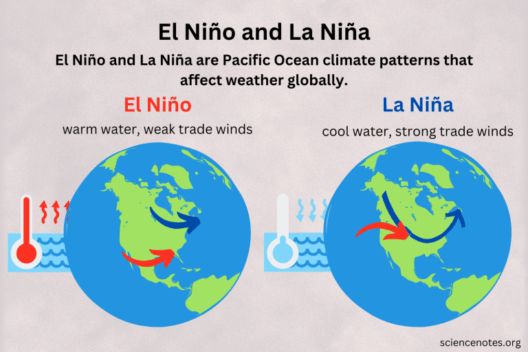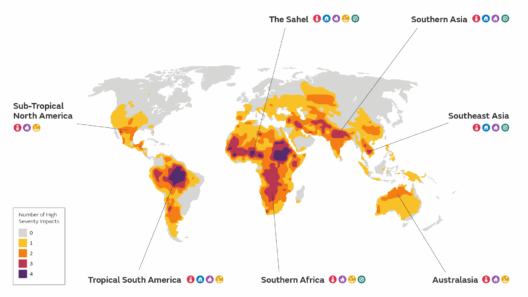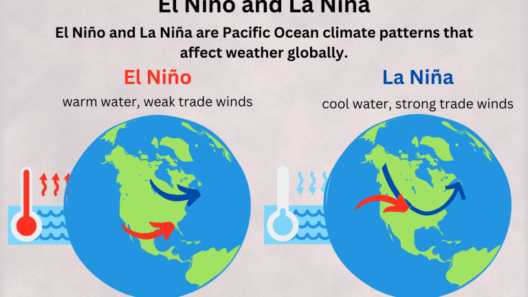Global warming is an omnipresent reality, reshaping ecosystems worldwide. Its ramifications are palpable, particularly in agricultural and savanna areas, where droughts are becoming increasingly frequent and severe. As the planet warms, understanding the intricate relationship between global warming and drought is essential for future sustainability.
The essence of drought lies in prolonged periods of abnormally low precipitation, leading to significant hydric stress on ecosystems. As global temperatures rise, evaporation rates increase, resulting in a paradox where water becomes scarcer even in regions traditionally lush with vegetation. This confluence of factors lays the groundwork for a concerning trend—agricultural and savanna landscapes face heightened vulnerability to drought.
One of the primary mechanisms linking global warming to increased drought frequency is the alteration of climatic patterns. The warming atmosphere holds more moisture, which can lead to erratic rainfall patterns, sparking both intense storms and prolonged dry spells. Such climatic instability is particularly deleterious to agriculture, where crops depend on predictable weather systems for growth and yield. Unforeseen droughts can decimate entire harvests, leading to food insecurity and economic distress.
In agricultural realms, the repercussions of drought are particularly acute. Farmers rely on water availability for irrigation; however, as drought conditions exacerbate, the agricultural sector faces dire consequences. Yield reduction is an immediate effect. Crops fail not only from lack of water but also due to heat stress, which diminishes the plant’s ability to photosynthesize effectively. This phenomenon is accentuated in vulnerable regions already precariously dependent on rain-fed agriculture, such as sub-Saharan Africa.
Moreover, the socio-economic implications of drought-induced agricultural failures are profound. Rural livelihoods hinge on the success of crops, and when drought strikes, it can result in escalating poverty levels and mass migrations as farmers abandon their lands in search of better opportunities. This scenario is not a distant possibility; it is increasingly becoming a stark reality for millions across the globe. The migration of people can further exacerbate resource competition in urban areas, straining infrastructure and public services.
In savanna ecosystems, where biodiversity thrives under variable climatic conditions, the impacts of drought are equally alarming. Savannas are characterized by unique flora and fauna, many of which are adapted to withstand dry spells. However, with the escalation of global temperatures, the frequency and intensity of drought can surpass the adaptive capabilities of these species. The complex interdependencies within these ecosystems mean that the extinction of a single species can have cascading effects, destabilizing entire food webs.
Furthermore, drought in savanna regions disrupts the natural balance between herbivores and their predators. As water sources dwindle, herbivores congregate around the remaining waterholes, leading to heightened competition. This increased pressure can result in overgrazing, which, in turn, leads to soil degradation and post-drought recovery challenges. The intricate balance of these ecological systems highlights the fragility of nature in the face of anthropogenic climate change.
Interestingly, while drought is an immediate concern, it serves as a poignant reminder of the interconnectedness of environmental systems. The implications of changing climatic conditions extend beyond mere statistics; they urge us to reevaluate our relationship with the planet. A shift in perspective is vital: recognizing that our actions lead to tangible consequences can galvanize a more proactive approach to sustainability. Sustainable agricultural practices, for instance, can be a beacon of hope. Techniques such as agroforestry, permaculture, and organic farming not only enhance soil quality but also mitigate the effects of drought by promoting biodiversity and improving water retention.
In terms of policy, governments must prioritize strategies aimed at climate resilience. Investments in water management systems, research on drought-resistant crops, and adaptive agricultural practices can buffer the adverse impacts of drought. Creating safety nets for vulnerable populations is essential to safeguard livelihoods against the increasingly volatile climate. Furthermore, fostering community engagement in conservation efforts can empower individuals and ensure a collective commitment to sustaining the environment.
In sum, the relationship between global warming and drought is intricate and consequential, particularly within agricultural and savanna areas. The challenges posed are formidable, yet they unveil a unique opportunity for innovation and positive change. As global temperatures rise, we must not succumb to despair; instead, let curiosity propel us toward sustainable solutions that respect the delicate balances of our ecosystems. Understanding these dynamics compels us to advocate for a world where environmental stewardship prevails, ensuring that landscapes thrive, not merely survive.
In a rapidly changing world, where drought becomes a more frequent visitor, the collective responsibility to recognize and mitigate the effects of global warming intensifies. It is here, amid challenges, that hope burgeons—within the confluence of science, policy, and grassroots movements, we may chart a path toward resilience and restoration. The next generation will surely be the torchbearers of this ethos, prompting a necessary shift in how humanity interacts with nature.
